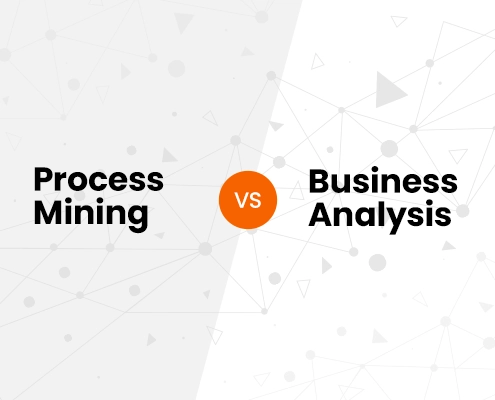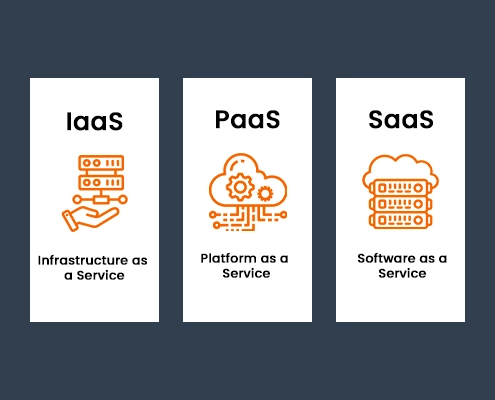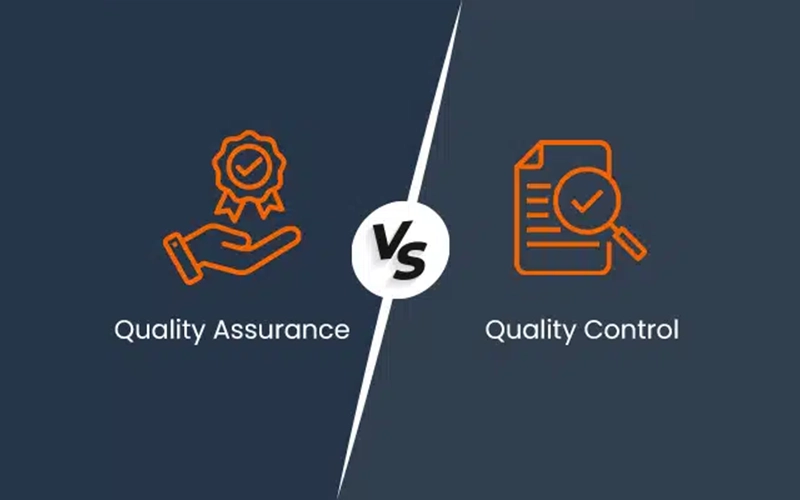Why monitor cloud infrastructure?
Cloud infrastructure monitoring serves multiple roles and upgrades capabilities to enhance the performance, security, and reliability of an organization’s cloud-based services and applications. Some of the main factors to decide on why businesses should consider cloud application monitoring are:
- Accessibility and uptime:It helps to identify potential issues of server overload and network latency to reduce the chance of outages and minimize downtime.
- Load balancing:The cloud server gets tracked with CPU, memory, and storage that helps to distribute workloads to maintain application responsiveness.
- Improved user experience: Using application tools helps to monitor key metrics, including network latency, server response times, and application performance.
- Capacity planning: Businesses depend on cloud resources for streamlining data, and hybrid cloud monitoring tools help to forecast needs and set up the right infrastructure.
- Operational efficiency:It identifies underutilized resources and automates monitoring tasks by reducing manual efforts and upgrading operational efficiency.
- Troubleshooting:With early detection, it can help to diagnose issues to analyze system logs and events while addressing the root cause of failures.
- Service quality: It helps for tracking applications’ response times, transaction success rates, and error rates. This supports developers in capturing real-time data.
- Security posture: These monitoring tools help detect suspicious activity like data breaches and unauthorized access attempts to address security threats.
Top 10 cloud application monitoring tools
Businesses have been too competitive to provide the best support with cloud server monitoring across multiple sectors, such as Information Technology, retail, healthcare, BFSI (Banking, Financial services, and insurance), and manufacturing. Here are the best cloud monitoring tools to elevate your operation in 2025:
- Accessibility and uptime:It helps to identify potential issues of server overload and network latency to reduce the chance of outages and minimize downtime.
- Load balancing:The cloud server gets tracked with CPU, memory, and storage that helps to distribute workloads to maintain application responsiveness.
- Improved user experience: Using application tools helps to monitor key metrics, including network latency, server response times, and application performance.
- Capacity planning: Businesses depend on cloud resources for streamlining data, and hybrid cloud monitoring tools help to forecast needs and set up the right infrastructure.
- Operational efficiency:It identifies underutilized resources and automates monitoring tasks by reducing manual efforts and upgrading operational efficiency.
- Troubleshooting:With early detection, it can help to diagnose issues to analyze system logs and events while addressing the root cause of failures.
- Service quality: It helps for tracking applications’ response times, transaction success rates, and error rates. This supports developers in capturing real-time data.
- Security posture: These monitoring tools help detect suspicious activity like data breaches and unauthorized access attempts to address security threats.
Conclusion
For a secure, stable, and cost-effective cloud environment, these cloud monitoring tools are effective in empowering businesses. These tools come with specific functions and help in delivering optimized performance for cloud-based applications and services. So, it’s better to explore tools to find out which can be a better fit to test and suit your needs. Some critical aspects to consider are end-to-end tracing, cloud integration, pricing models, and scalability features.








